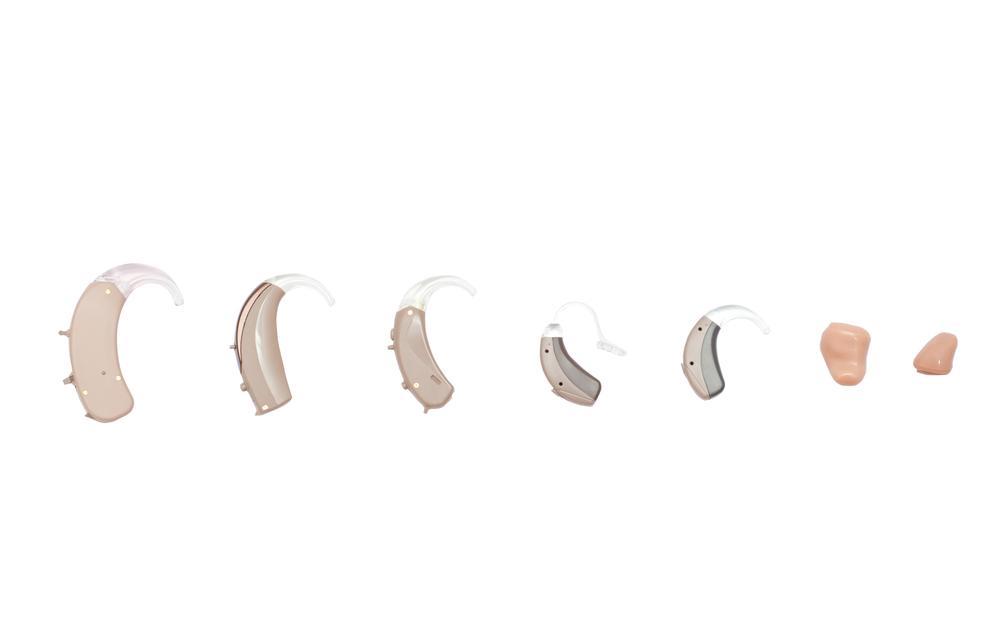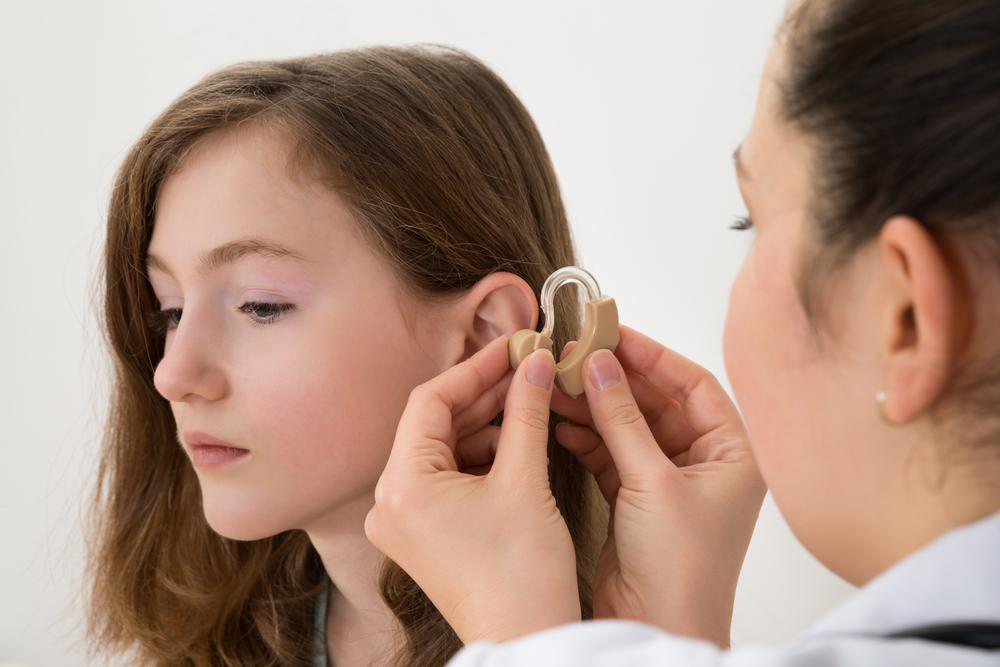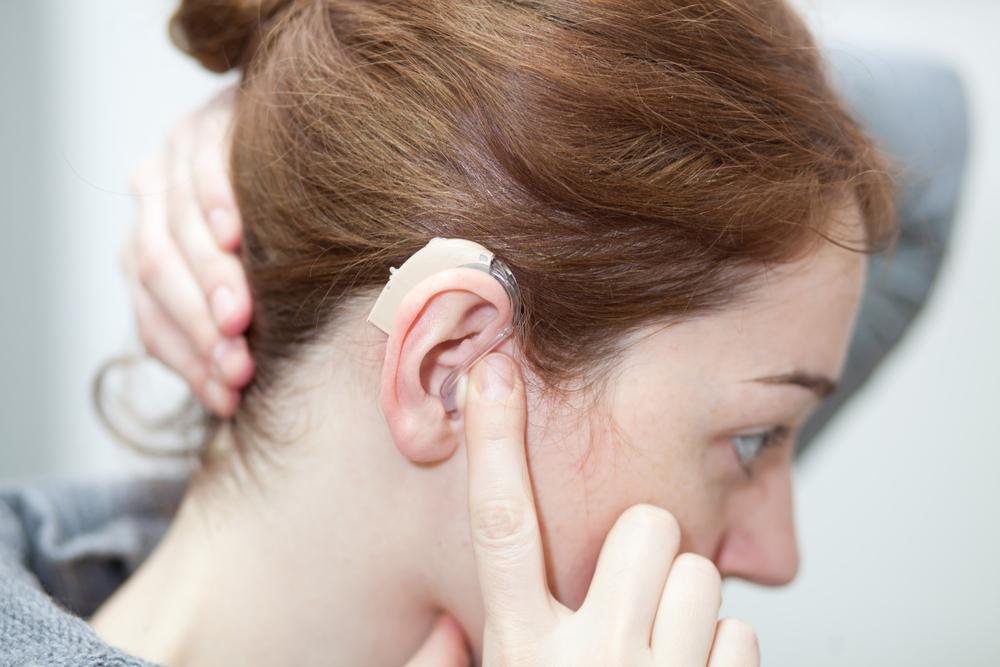Comprehensive Guide to Choosing the Perfect Hearing Aid: Types, Features, and Tips
This comprehensive guide explains the key differences between analog and digital hearing aids, their features, performance considerations, and how to choose the best device tailored to your hearing needs. Learn about technological options, battery life, control features, and factors to consider for optimal hearing enhancement, ensuring improved quality of life and effective communication.

Comprehensive Guide to Choosing the Perfect Hearing Aid: Types, Features, and Tips
Embarking on the journey to find the right hearing aid can seem overwhelming given the plethora of options, brands, and technological features available today. As hearing aids represent both a significant investment and a crucial enhancement to quality of life, selecting one that aligns perfectly with your specific hearing needs, lifestyle, and financial considerations is essential. This comprehensive guide aims to clarify the key differences among various hearing aid types, explain their features in detail, and provide expert tips to help you make an informed decision.
Understanding the core technological differences, performance capabilities, and control options available in hearing aids will empower you to choose the best device. Whether you require a simple solution or a more sophisticated system with advanced features, this article will cover everything you need to know about selecting a hearing aid suited to your unique hearing profile.
Understanding Technology Differences: The foundation of any hearing aid choice lies in understanding the technological core. The two primary categories are analog and digital hearing aids. Analog devices primarily work by amplifying incoming sound signals without much modification. While simpler and often less expensive, analog aids can sometimes amplify background noise, making it harder to distinguish speech in noisy environments.
Digital hearing aids, on the other hand, convert sound signals into digital data, allowing for sophisticated sound processing. They can filter out background noise, enhance speech clarity, and adapt dynamically to different listening environments. Although they tend to be more costly upfront, digital aids provide a much more natural and comfortable listening experience over time, making them a preferred choice for many users seeking high-quality sound enhancement.
**Performance and Battery Life:** Battery performance varies significantly across models. Smaller hearing aids, such as behind-the-ear (BTE) devices and in-the-ear (ITE) models, are designed to be discreet and lightweight, which often means smaller batteries with shorter life spans. Larger devices, including some receiver-in-canal (RIC) or custom models, offer longer battery life, reducing the need for frequent replacements or recharging. When choosing a hearing aid, consider your daily routine—if you lead a busy, active lifestyle, a device with longer battery life might be more suitable.
**Key Advantages:** Digital hearing aids incorporate features like noise reduction algorithms, feedback management, and multiple environment presets, greatly enhancing user experience. These smart features help users focus better on conversations and reduce listening fatigue, especially in challenging environments like crowded rooms or noisy streets.
Control Options and User Customization: Advanced digital hearing aids often come with remote control capabilities, smartphone app integration, and auto-adjustment features. This allows users to customize volume levels, switch between preset programs, and fine-tune sound settings for specific environments. High-end models may include telecoil compatibility, which connects directly to landline telephones and assistive listening devices, making communication easier for users with more severe hearing impairments.
Addressing Different Levels of Hearing Loss: Hearing aids are designed to accommodate the full spectrum of hearing loss, from mild to profound. The choice depends on the severity of impairment and specific needs. For mild to moderate loss, basic digital aids with noise reduction often suffice. For more severe or profound hearing loss, models with stronger amplification and special features like bone conduction or cochlear implants may be necessary. Consulting an audiologist can ensure you select a device that effectively improves your hearing ability.
Choosing the right hearing aid involves assessing your hearing profile, personal preferences, financial considerations, and lifestyle. It’s advisable to work closely with a qualified audiologist, who can guide you through selecting the most suitable device, ensure proper fitting, and provide ongoing maintenance tips. Remember, the right hearing aid can significantly enhance your quality of life by restoring clarity, improving communication, and reducing listening fatigue.
This detailed guide aims to demystify the options and features involved in selecting a hearing aid, helping you make informed decisions that lead to better hearing health and enhanced daily living.




